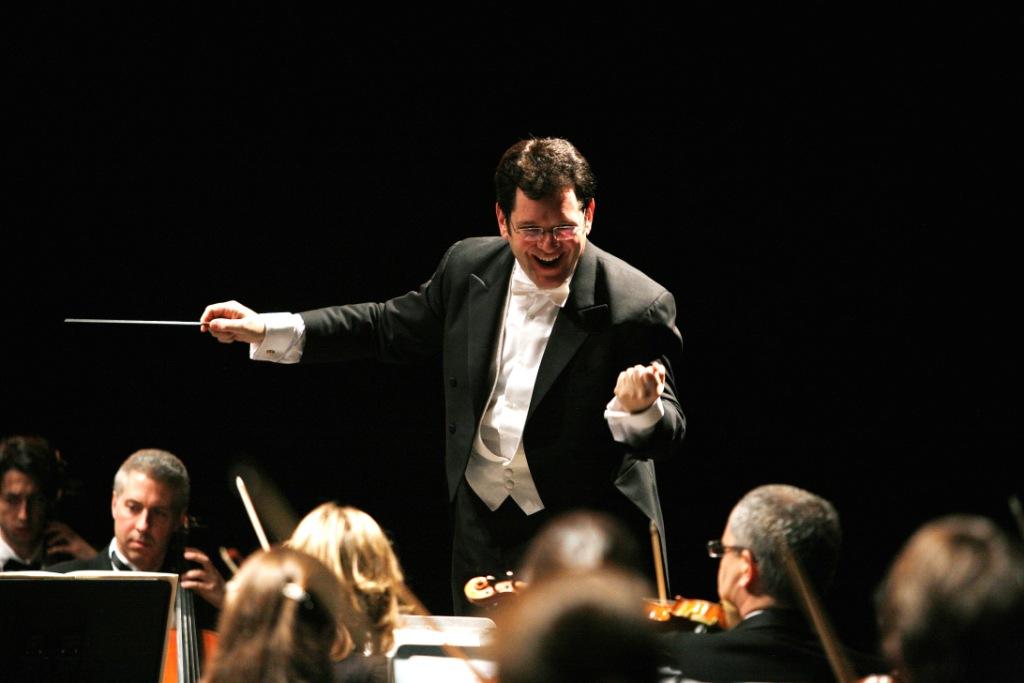Sirena Huang, violin
All Saints Church, New York, NY
February 7, 2010
Sirena Huang was the featured soloist, and despite her fifteen years of age, she played Saint-Saens’ Third Violin Concerto like a seasoned pro. Not only did Sirena confidently “nail” the difficult notes in the stratosphere of her instrument and play with a beautifully resonant sound, she winningly captured the essence of this brilliant French score. The Park Avenue Chamber Symphony’s talented Music Director, David Bernard, held things together very well, but he needs more rehearsal time to work on the pitch of the winds, as chords in the second movement were significantly out of tune. This was also true of the chords in the first movement of Beethoven’s Fifth Symphony—before the recapitulation. Still, there were many things to admire in this performance of the Fifth. For one, there was excellent precision of ensemble in the notoriously tricky first movement, with all its off-beat entrances. One also felt and heard the players’ emotional commitment throughout the symphony. I also really liked Bernard’s emphasis of the first movement’s famous four-note motive when it appears in the horns two or four times slower than normal (as augmentation).
I did find it very unusual that on the third fermata of the first movement opening, in which the first violins sustain a high G, some violinists—on two different occasions—also held the B-natural, which, traditionally, is only a part of the chord’s roll. Tempo-wise, the last movement Allegro was faster than usual—it was refreshing to hear, although the strings sometimes struggled with the pace. The third movement Scherzo, on the other hand, sounded slower than usual; Beethoven’s Allegro indication (not to mention his metronome marking), was ignored in this performance—but many agree that Beethoven hastily added some of his metronome markings in order to accommodate his publisher. Wagner’s Prelude to Act III of “Lohengrin”, which was placed on the second half before the Beethoven, was played with unabashed exuberance—as it should be. Food for thought: as it is so extremely short, I wonder how it would have fit on the first half, immediately prior to the Overture to “Die Fledermaus”, which opened the program. The Strauss—like the Wagner—was performed with an immensely appealing flair.

